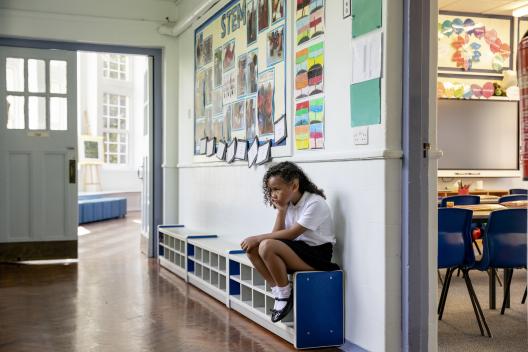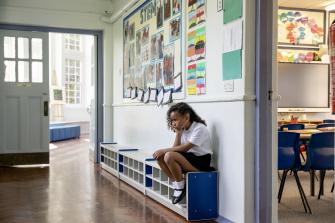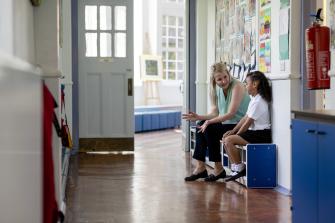
Successful Reintegration Following School Suspension
Estimated reading time: 3 minutes, 14 seconds.
Repeating cycles of behaviour incidents and suspensions can be detrimental to a child's well-being and academic progress.
It’s essential for headteachers and governors to understand the unique challenges that autistic students may face, and adopt a supportive approach that promotes inclusion and celebrates their differences.
By identifying triggers and implementing reasonable adjustments, schools can create an environment where autistic pupils can thrive.
Understanding the Autistic Experience
Autism is an integral part of an autistic pupil's identity and should not be dismissed or shunned.
It’s crucial to acknowledge that autistic students cannot simply switch off their autism when they enter the school gates. Behaviour incidents are often linked directly to their autism and can persist until their needs are met or alternative measures are taken.
Identifying Triggers
Breaking the negative cycle of behaviour incidents and suspensions requires identifying and addressing triggers that lead to distressing behaviours.

Some common triggers to consider are:
- Changes in routine or teacher assignments: Unexpected alterations to a student's schedule can cause anxiety and stress.
- Unstructured times: Navigating the social and sensory aspects of the playground can be bewildering, affecting their ability to form friendships and understand social rules.
- Personal space invasion: Autistic students may feel overwhelmed when their personal space is compromised, leading to distress.
- Sensory overload: A busy classroom environment with various stimuli, such as noise, lights, colours, and smells, can be overwhelming for autistic pupils.
- Difficulty in understanding social rules: Misunderstanding social cues and rules can lead to behaviours perceived as rude or disruptive.
- Processing information challenges: Providing multiple instructions at once can overwhelm an autistic child, leading to misunderstandings or inaction.
Understanding Hidden Triggers
Sometimes, triggers may not have an immediate effect and could remain dormant for extended periods.
Autistic students may react to past injustices or perceived wrongs, emphasising the importance of understanding the root cause of their behaviour.
The Inclusive Reintegration Approach
To ensure successful reintegration, all members of the school community must be involved.
The following stakeholders play crucial roles:
- The Autistic Learner: Listening to the autistic pupil is paramount. Reducing anxiety, improving communication, and meeting their needs are vital steps.
- Parents: Parents are experts in their child's behaviour and can offer valuable insights. Working together with parents can enhance understanding and support.
- Peers: Encouraging an inclusive environment where other students understand and support their autistic peers is essential.
- Teachers: Rather than viewing the autistic pupil as a problem, teachers should use suspension as an opportunity for self-reflection and adapting their approach.
- Other Staff and Governors: Ensuring consistent understanding and application of reasonable adjustments across the school fosters a genuinely inclusive ethos.
The Reintegration Meeting
The reintegration meeting should focus on offering the pupil a fresh start and fostering a sense of belonging.
Measures such as mentoring and building positive relationships can revolutionise their school experience.
It's crucial to consider that reintegration is a transition, and autistic children may find it challenging. Providing clear information and support can ease this process.

Conclusion
Successful reintegration of autistic pupils following suspension requires a compassionate and understanding approach.
By identifying triggers, making reasonable adjustments, and promoting inclusion, schools can create a safe, welcoming environment where autistic students feel valued, ready to learn, and achieve their full potential.
Although each pupil's journey may be different, but the goal of fostering an inclusive, supportive school community remains the same.
For more information, guidance and practical support on this topic, download our FREE Guide here: Successful Reintegration of Autistic Pupils Following School Exclusion


